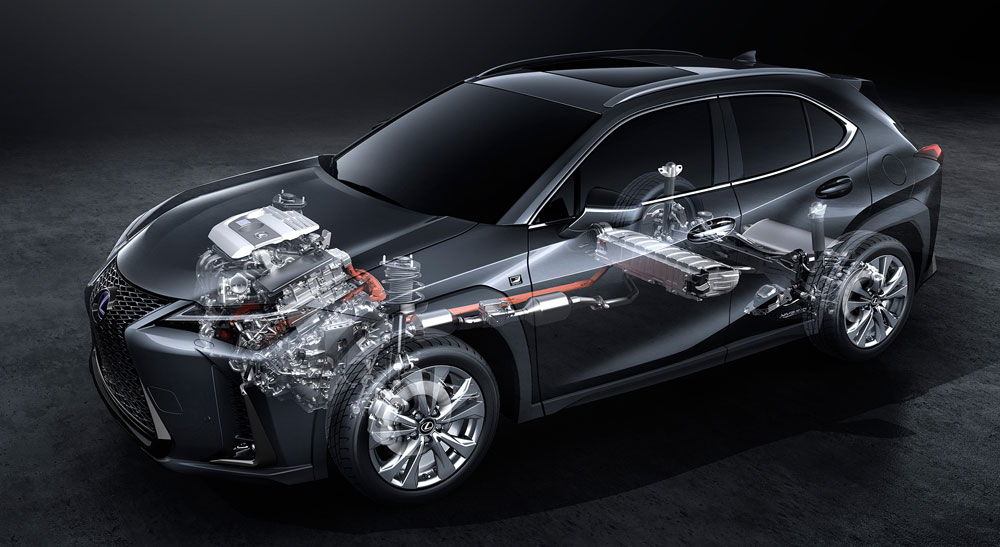In an interview with Automotive News, new Toyota powertrain boss Hiohisa Kishi outlines the company’s strategy in keeping internal combustion engines competitive as the auto industry shifts towards electrification. Unsurprisingly, hybrid technology will play a major role, with Toyota developing engines that can work on their own or as a gas-electric powertrain:
Kishi believes EVs will still cost more, even in 2030. Gasoline-electric hybrids, by contrast, have already reached parity with gasoline-only engines, when fuel economy is taken into account, he said. While it is technically feasible to make a gasoline engine that delivers the same fuel economy as a hybrid, it would cost more, he said.
“An internal combustion engine, with things added to equal the fuel economy performance, can actually be more costly than a hybrid,” Kishi said. “Therefore, in terms of technology, it’s possible to make happen. But we don’t think it’s appealing from the marketing perspective.”
It’s expected that new engines and transmissions will power 80% of new Toyota vehicles by 2023, and that the overall number of engine types will be reduced by 40%.
Electrification remains a top priority, with more than 10 EVs planned for released by the early 2020s — even so, Kishi believes 90% of all Toyota vehicles will still have a gas or gas-electric powertrain by 2030.


Comments